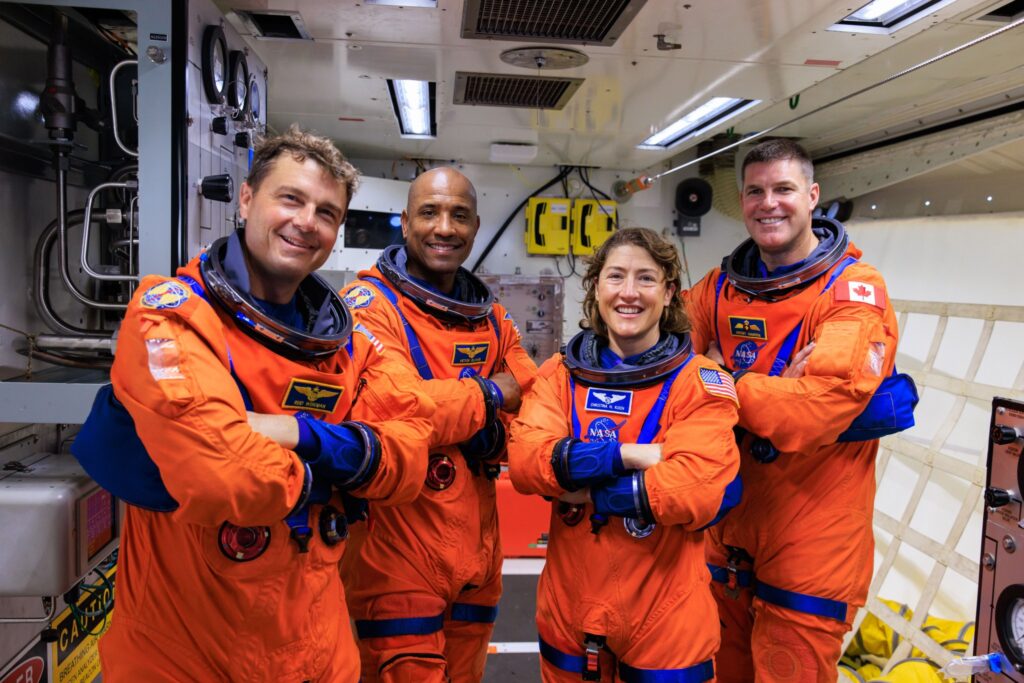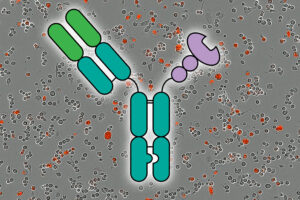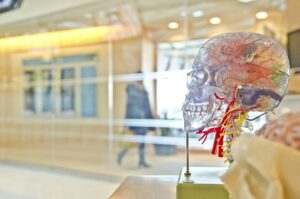
With the upcoming Artemis II mission, NASA is poised to extend the frontiers of human space exploration and scientific research beyond low Earth orbit. Scheduled as a pivotal test flight, Artemis II will not only validate critical systems and hardware for human deep space exploration but also serve as a platform for groundbreaking scientific studies. The crew will function as both scientists and volunteer research subjects, engaging in a series of experiments designed to enhance our understanding of human health in deep space environments. The results of these studies are expected to inform the development of future interventions, protocols, and preventative measures to safeguard astronauts on missions to the lunar surface and Mars.
The mission’s scientific agenda encompasses seven primary research areas, each contributing to a holistic understanding of the challenges and opportunities of deep space travel.
ARCHeR: Artemis Research for Crew Health and Readiness
NASA’s Artemis II mission will explore the impacts of deep space travel on sleep, stress, cognition, and teamwork—key factors influencing astronaut health and performance. While these effects have been extensively studied in low Earth orbit, they have yet to be fully examined in the context of lunar missions.
During the mission, astronauts will wear wristband devices that continuously monitor their movement and sleep patterns. This data will be used for real-time health monitoring and safety assessments. Additionally, pre- and post-flight evaluations will provide deeper insights into cognition, behavior, sleep quality, and teamwork within the unique environment of deep space and the Orion spacecraft.
The findings from this research will be critical in shaping future mission planning and crew support systems, enabling NASA to optimize human performance for the next era of exploration on the Moon and Mars.
Immune Biomarkers: Unlocking the Secrets of Deep Space
Saliva offers a unique insight into the functioning of the human immune system in a deep space environment. By tracing changes in astronauts’ saliva before, during, and after the mission, researchers aim to uncover how the human body responds to the stresses of deep space in unprecedented ways.
Saliva samples will be collected in both dry and liquid forms. The dry samples will be blotted onto specialized paper due to the absence of refrigeration equipment in space. Liquid saliva and blood samples will be collected before and after the mission to augment this information.
These samples will provide valuable insights into how astronauts’ immune systems are affected by radiation, isolation, and the vast distance from Earth. Researchers will also investigate the reactivation of dormant viruses, a phenomenon previously observed on the International Space Station with viruses like those causing chickenpox and shingles.
“The information gathered from this study will be instrumental in developing strategies to keep crew members safe and healthy as we push the boundaries of human exploration farther and for longer durations.”
AVATAR: A Virtual Astronaut Tissue Analog Response
AVATAR is a crucial component of NASA’s strategy to gain a comprehensive understanding of how the deep space environment affects humans. For the first time, organ-on-a-chip technology will be utilized beyond the Van Allen belts during Artemis II.
These chips, roughly the size of a USB thumb drive, will measure individual astronauts’ responses to deep space stressors, such as extreme radiation and microgravity. The organ chips contain cells derived from preflight blood donations, creating miniature stand-ins or “avatars” of the astronauts’ bone marrow. Bone marrow is particularly sensitive to radiation, making it an ideal focus for this study.
The primary goal is to validate whether organ chips can accurately measure and predict human responses to space stressors. Scientists will compare AVATAR data with findings from the space station and samples taken from the crew before and after flight.
“AVATAR could lead to personalized medical kits for astronauts and advancements in individualized treatments for diseases like cancer on Earth.”
This initiative exemplifies the power of public-private partnerships, involving collaboration between NASA, the National Center for Advancing Translational Sciences within the National Institutes of Health, Biomedical Advanced Research and Development Authority, Space Tango, and Emulate.
Artemis II Standard Measures: A Comprehensive Health Snapshot
The Artemis II crew will be the first astronauts in deep space to participate in the Spaceflight Standard Measures study. This investigation, ongoing since 2018, aims to collect a comprehensive snapshot of astronauts’ physiological responses by gathering a consistent set of core measurements.
Biological samples, including blood, urine, and saliva, will be collected to evaluate nutritional status, cardiovascular health, and immunological function starting about six months before launch. The crew will also undergo tests and surveys assessing balance, vestibular function, muscle performance, changes in their microbiome, as well as ocular and brain health. In-flight data collection will include assessments of motion sickness symptoms, with additional tests conducted post-landing.
All this information will be accessible to scientists via NASA’s Life Sciences Data Archive, potentially leading to future interventions, technologies, and studies that enhance our understanding of crew adaptability on Mars missions.
Radiation Sensors Inside Orion
Understanding radiation exposure is crucial for the safety of astronauts on deep space missions. Radiation sensors aboard the Orion spacecraft will measure the levels of cosmic radiation encountered during the mission. This data will be vital in developing protective measures for future missions.
As NASA continues to push the boundaries of human exploration, the Artemis II mission represents a significant step forward in understanding and mitigating the challenges of deep space travel. The insights gained from these scientific studies will not only enhance the safety and performance of astronauts but also contribute to broader advancements in space exploration and human health.






